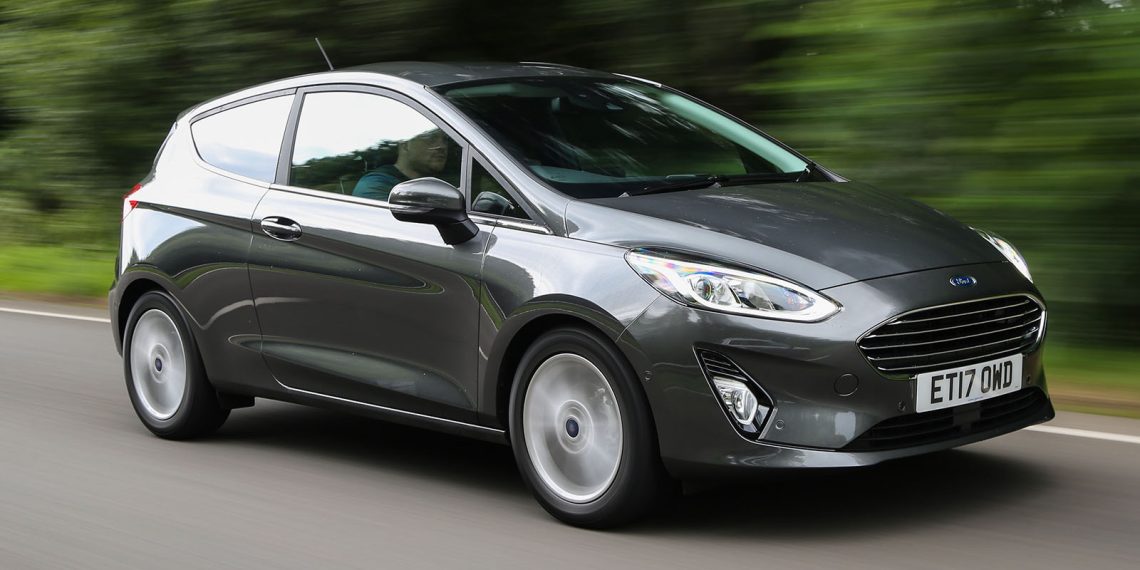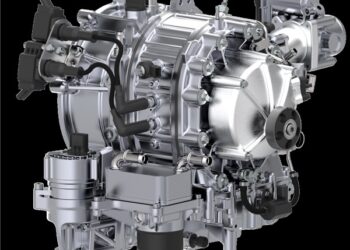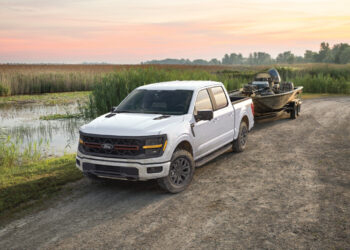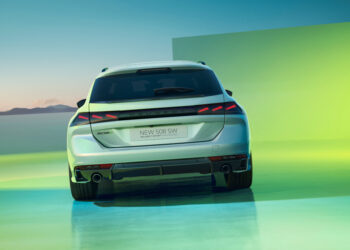Ford CEO Jim Farley has made it clear: the Blue Oval is abandoning traditional sedans like the Fiesta, Focus, and Mondeo to focus on building iconic vehicles that capture the public’s imagination. Farley’s vision of moving away from “boring cars” and into the realm of statement-making machines marks a dramatic shift in Ford’s strategy, but it’s one that raises eyebrows and leaves many wondering if the brand is risking too much by leaving the mainstream car market behind.
In recent years, Ford’s decision to axe popular models like the Fiesta, Focus, Fusion, and Taurus in the U.S. and Europe has puzzled many. These cars, which once filled driveways around the world, are being phased out in favor of more “exciting” vehicles that the company hopes will redefine its brand image. Ford is now doubling down on its strengths—think Broncos, Mustangs, and Raptors—vehicles that Farley says give the company the confidence to take on premium brands like Porsche.
Despite admitting that cars like the Fiesta and Focus were loved by many customers, Farley emphasized that the returns on investing in such models just don’t stack up compared to the profitability of commercial vehicles or more distinctive and adventurous offerings. Ford’s new mantra is clear: only invest in vehicles that can stand out and build a strong brand presence.
Ford’s Next Moves: Electric SUVs and Reviving Iconic Names
To replace the gap left by traditional sedans, Ford is turning to electric SUVs, including models based on Volkswagen’s MEB platform. Upcoming models like the Explorer EV and Capri, inspired by the VW ID.4 and ID.5, are part of Ford’s broader strategy to capture the electric vehicle market, despite backing off from its goal of going fully electric in Europe by 2030. Additionally, Ford’s successful Puma crossover will soon get a fully electric variant, broadening its appeal.
Still, Farley’s push to focus on “iconic” vehicles could prove risky in a European market that continues to favor conventional passenger cars. Recent data shows that Ford’s sales in Europe have plummeted, with a nearly 17% drop in the first half of 2024 and a shrinking market share. As Ford continues to pare down its lineup, competitors like Volkswagen, Toyota, and Kia/Hyundai are poised to capture the market share Ford is leaving behind by continuing to produce popular, everyday cars.
Iconic or Risky? Ford’s Gamble on Passion and Profit Margins
Ford’s shift is a bold bet on brand identity over volume sales. The company is banking on its enthusiast vehicles, such as the Mustang and Bronco, to define its image and drive profitability. Farley has pointed out that in the past, Ford’s focus on niche enthusiast cars was more of a side gig. Now, the strategy is to put these high-profile vehicles at the core of Ford’s business, with substantial investments to back them up. This includes the upcoming hardcore Mustang GTD, which underscores Ford’s ambition to go toe-to-toe with premium brands.
However, moving away from mainstream sedans leaves Ford in a precarious position. The European market, which still sees strong demand for non-SUV vehicles, could be particularly challenging. While Ford’s profit margins on these niche models might be higher, abandoning the volume of “boring” cars could hurt overall sales figures and leave a gaping hole for competitors to fill.
Farley’s strategy underscores a seismic shift in Ford’s approach to the market: fewer models, more focus, and a relentless pursuit of vehicles that inspire passion. But as Ford redefines itself, it’s also testing the limits of how much a brand can cut before it risks cutting too deep. Only time will tell if ditching the “boring car business” for the allure of icons like the Mustang and Bronco will pay off—or if it’s a gamble too far.










